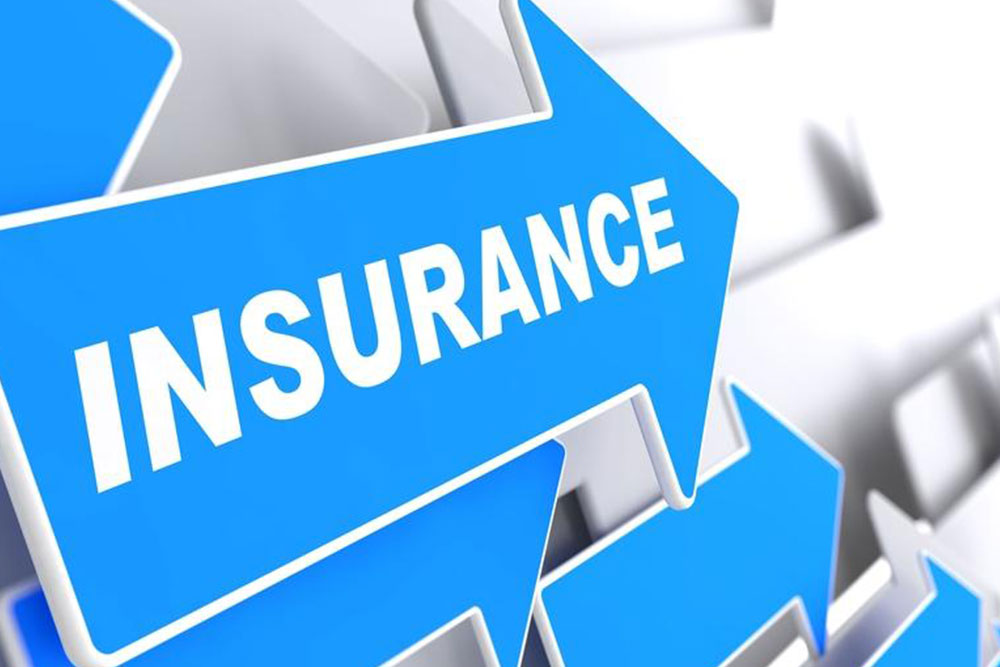Comprehensive Guide to Securing Accurate Auto Insurance Estimates
This comprehensive guide helps vehicle owners understand the critical factors influencing auto insurance estimates. By elaborating on key questions such as mileage, vehicle ownership, usage purpose, safety features, household drivers, and driver exclusions, it provides insights on how to secure accurate and cost-effective insurance quotes. Detailed responses to these questions enable better risk assessment, potentially lowering premiums and ensuring suitable coverage. The article emphasizes the importance of transparency and preparedness in the auto insurance quote process, helping consumers make informed decisions and find policies tailored to their specific driving profiles and needs.

Comprehensive Guide to Securing Accurate Auto Insurance Estimates
Understanding the process of obtaining an auto insurance estimate is crucial for vehicle owners seeking the most suitable coverage options. An accurate estimate not only helps you comprehend the coverage you need but also ensures you are paying a fair price based on your driving habits and vehicle specifics. Insurance providers rely on a detailed set of questions answered by policyholders to generate precise quotes. Providing comprehensive and honest information during this process can significantly influence the accuracy and competitiveness of your insurance premium.
The process of requesting a car insurance estimate is straightforward, yet it requires attention to detail. These questions are designed to assess various factors that influence risk levels associated with insuring your vehicle. By understanding what insurers consider, you can better prepare your responses to secure the most favorable rates. Below are the most important questions typically posed by auto insurance companies and how to approach them.
Key Factors Influencing Your Auto Insurance Premium
What is your average daily driving distance?
Insurers prioritize your daily mileage because it directly correlates with your risk of accidents and claims. Higher daily mileage generally indicates increased exposure to road hazards, which can elevate your premium. For example, someone commuting several hours daily or driving long distances often falls into a higher risk category. If you have a predictable daily route and limited driving, you may qualify for lower rates. It’s essential to honestly report your typical driving distance to ensure your quote accurately reflects your usage.
Is your vehicle fully owned, leased, or financed?
This question helps insurers determine your ownership status, which can influence coverage costs. Vehicles that are leased or financed might require additional coverage types, such as gap insurance or comprehensive coverage, to protect against damage or theft. Fully owned vehicles often have more flexible options and may cost less to insure, provided they meet safety standards. Clarifying your ownership status early on ensures your estimate includes all necessary coverages and avoids surprises later.
What is the primary purpose of your vehicle?
The way you use your car impacts your insurance requirements. If your vehicle is primarily used for commuting, leisure, or errands, the coverage needs may differ. Conversely, if your vehicle is used for business purposes—such as transporting clients, making deliveries, or other commercial activities—you’ll likely need commercial auto insurance. This specialized coverage increases the premium but ensures you’re protected against the risks associated with business use. Clearly defining your vehicle’s primary purpose during the estimate process helps tailor your coverage and avoid underinsurance.
Does your vehicle include safety or anti-theft features?
Modern safety features like anti-lock brakes, airbags, lane departure warnings, and anti-theft devices can significantly reduce your insurance costs. When you provide documentation of these features, insurance companies often offer discounts or reduced premiums as they lower the overall risk profile of your vehicle. Installing such features in your car not only increases safety but can also lead to considerable savings, especially if you are proactive in updating your vehicle with these technologies.
Are multiple vehicles registered under your name?
If you own more than one vehicle, most insurance providers offer multi-vehicle discounts. These discounts reduce your overall premium costs because insuring multiple cars with the same provider simplifies administration and risk pooling. When requesting estimates, be sure to list all vehicles registered in your name, including any new or older models, to get an accurate picture of possible savings from bundling policies.
How many licensed drivers reside in your household?
The number of drivers in your home affects your insurance premiums because coverage extends to all authorized drivers. Insurers consider the driving records and ages of household members to assess risk. If you have teenagers or other young drivers, premiums might increase due to their higher accident risk. Conversely, if you restrict or exclude certain drivers from your policy, this could impact coverage and claims processing, so transparency about household drivers is essential for an accurate estimate.
Would you like to exclude specific drivers from your policy?
In some cases, policyholders might want to exclude drivers with poor driving records or high-risk profiles to lower premiums. However, excluding critical drivers who still drive the vehicle can create complications in claims processing or coverage validity. Carefully consider whether excluding drivers aligns with your lifestyle and ensure you communicate accurately during the estimate process. Properly managed exclusions can help tailor your policy for optimal savings while maintaining adequate coverage.
In conclusion, when requesting an auto insurance estimate, providing detailed and accurate information about your driving habits, vehicle status, and household is essential. These details influence your premium rates significantly, and transparency ensures you receive an estimate that truly reflects your risk profile. Taking the time to thoroughly answer insurance questions helps you find coverage that offers both protection and value, ultimately leading to more satisfying insurance service tailored to your needs.





